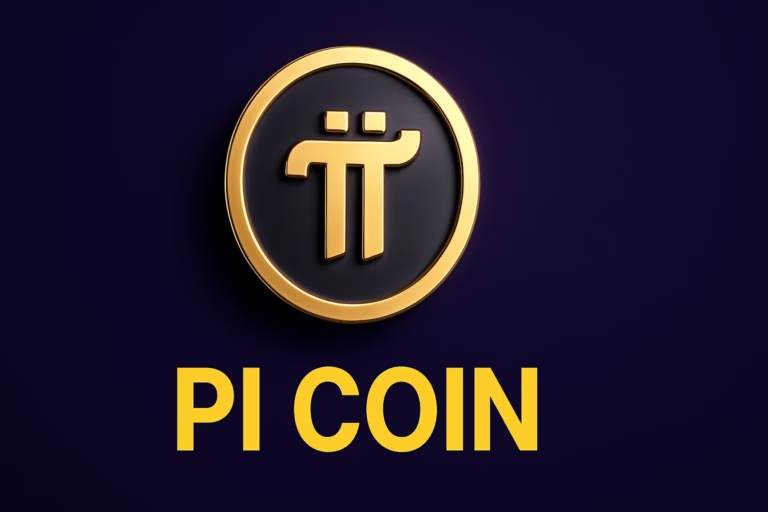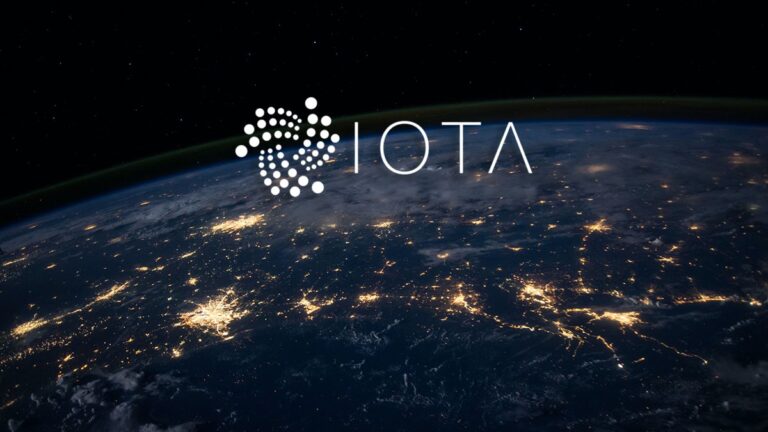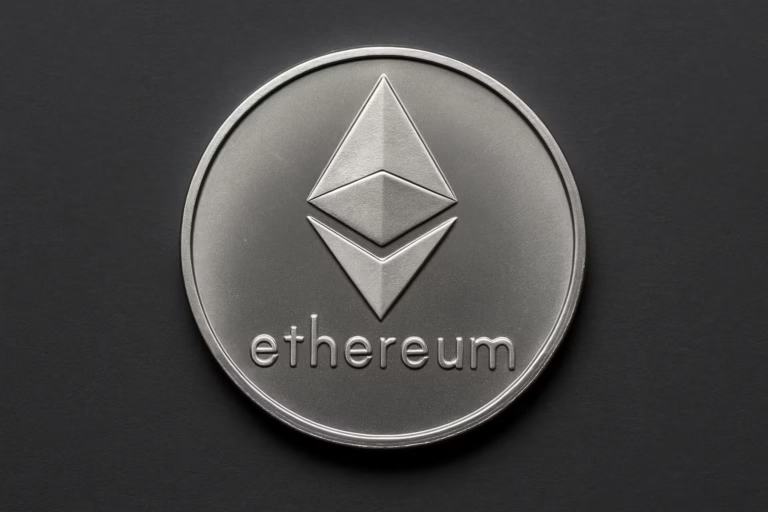
- Pi Network’s April Fool’s prank, involving a fake Binance apology, highlighted the tension surrounding its exclusion from major exchanges.
- Binance and Bybit have cited concerns over the network’s transparency, liquidity, and legitimacy, revealing the industry’s demand for reliable altcoins with strong tokenomics and real-world use cases.
Pi Network, the digital currency that has gained significant traction, recently took to April Fool’s Day to pull off a prank that caused quite a stir. A fake apology from Binance for allegedly delisting Pi sparked widespread confusion, but beneath the humor lies a serious question: Why aren’t top exchanges listing Pi Network?
The April Fool’s Prank That Fooled Many
On April 1st, Pi Network shared a screenshot of what appeared to be an official Binance statement apologizing for delisting the Pi coin. The tweet quickly went viral, with many users taking it seriously. Some even urged Binance CEO Changpeng Zhao (CZ) to list Pi without delay, threatening action from the 70 million strong Pi community. However, the prank was eventually exposed when hashtags like #AprilFool and #Prank were found hidden within the post, revealing the joke. While some caught on quickly and played along, others were left bewildered.

Why Binance Won’t List Pi Network
Despite the prank, the fact remains that Pi Network has been excluded from Binance’s listing campaigns for a variety of reasons. Binance cites transparency and liquidity concerns as major factors. Pi Network has struggled to demonstrate the operational clarity and liquidity required by major exchanges for a token to be listed. Without a well-defined use case and sufficient market liquidity, exchanges are hesitant to add Pi to their platforms, as it could pose risks for both investors and traders.
The Legitimacy Debate: Is Pi a Scam?
Pi Network’s exclusion isn’t just a matter of transparency issues. Bybit CEO Ben Zhou has also publicly questioned the network’s legitimacy, citing warnings from Chinese authorities. In 2023, Chinese police labeled Pi Network a scam, warning that it targeted elderly individuals and posed risks of data leaks and pension losses. With such reports raising concerns, many in the industry view Pi as a project with questionable foundations, further complicating its chances of being listed.
The Industry’s Call for Reliable Altcoins
The scrutiny surrounding Pi Network’s exclusion highlights the crypto industry’s increasing demand for projects with strong tokenomics, genuine use cases, and a trustworthy community. Investors and exchanges alike are looking for altcoins that not only promise innovation but also demonstrate real-world value and operational stability. Pi Network, despite its large community, has yet to prove it can meet these expectations, which limits its chances of being listed on top exchanges.
Pi Network’s playful April Fool’s prank might have been entertaining, but it also underscores the deeper challenges the project faces in earning the trust and legitimacy required for listing on major crypto exchanges. Until these issues are addressed, it seems unlikely that Pi will make its way onto platforms like Binance or Bybit anytime soon.




